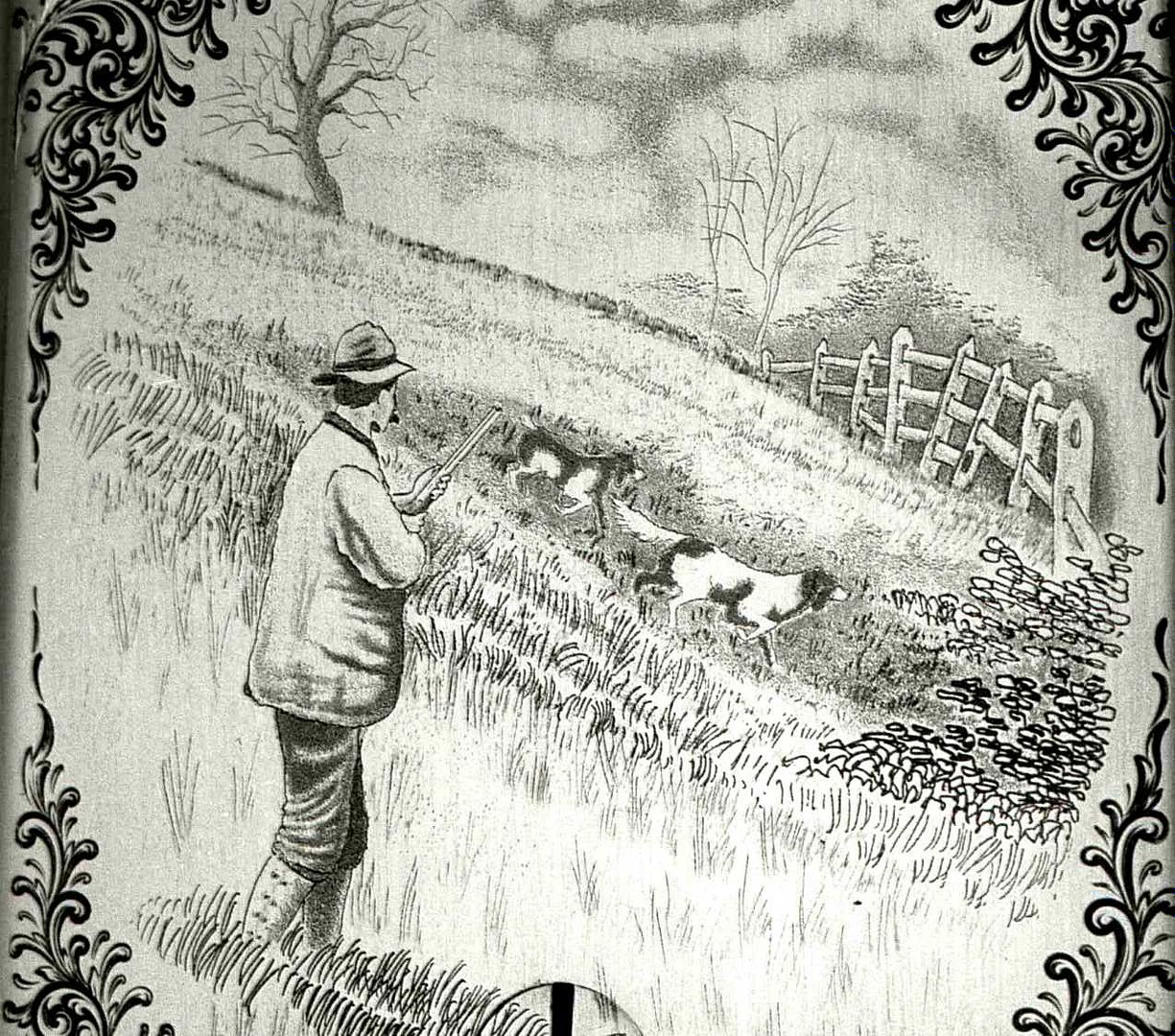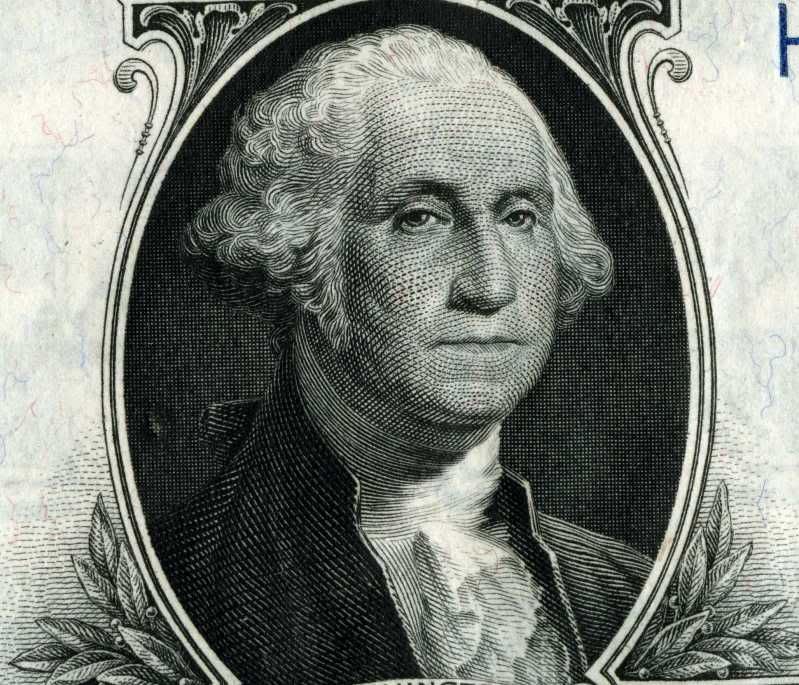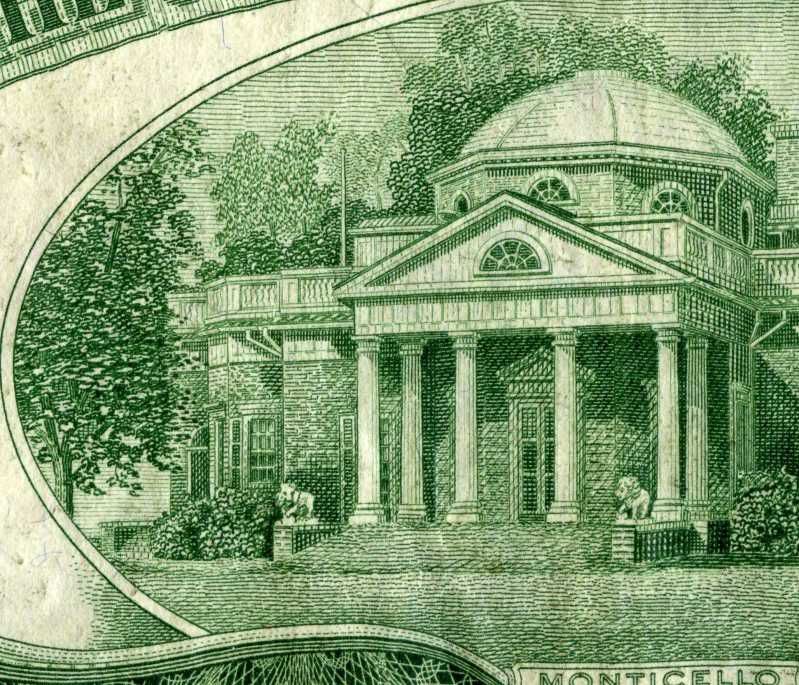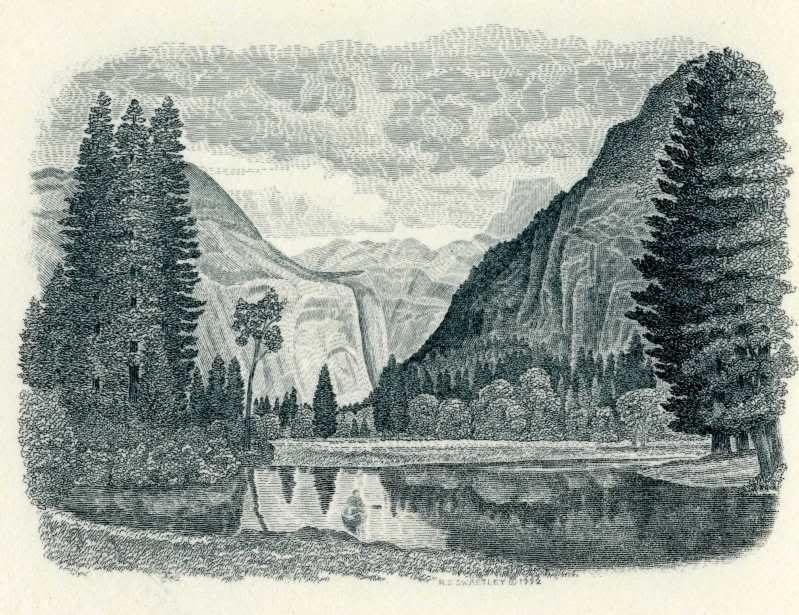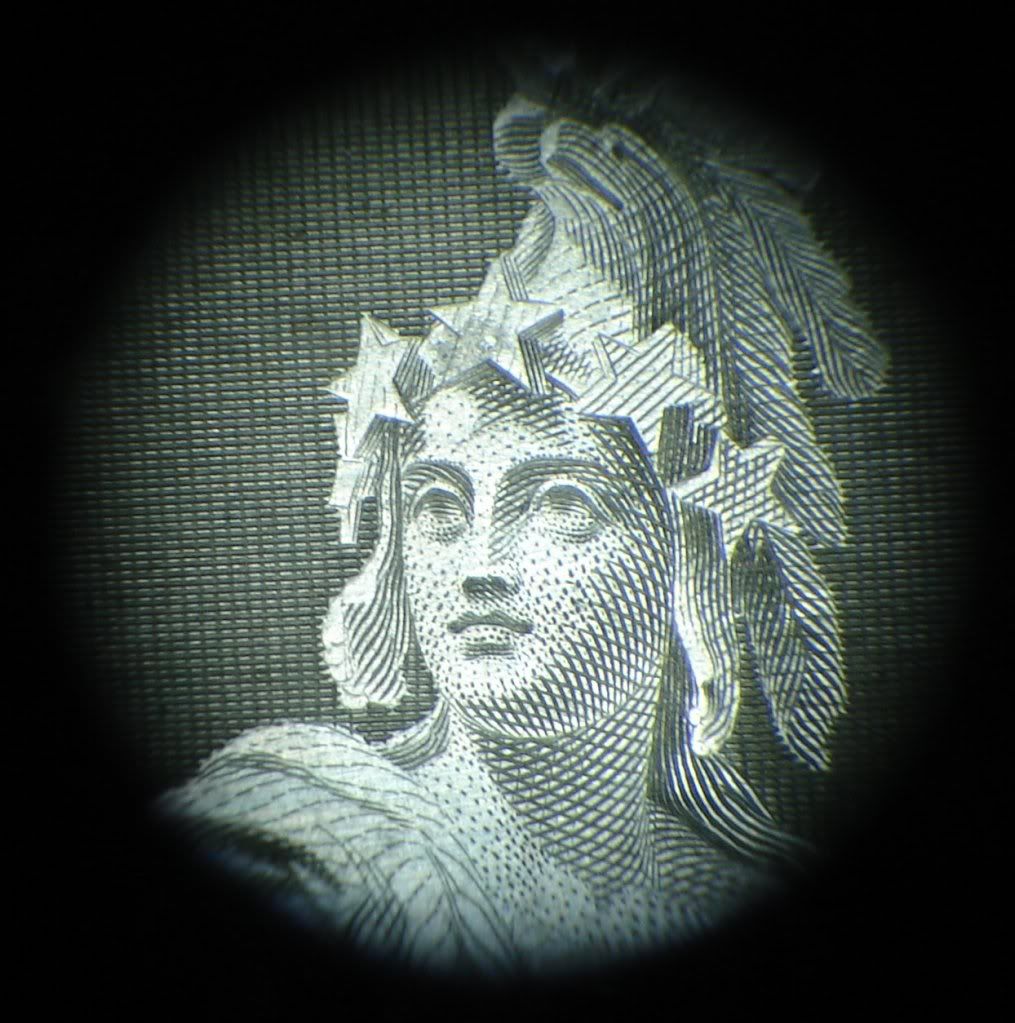Mario Sarto
Elite Cafe Member
Seems to me, today is my "finding day" 
Below you see three pictures. The first i found on a website about Mexican banknotes. I thought, it must be a negative. So i was curious how it could look in reality - the result is picture two. The third picture is the result of my curiosity, how the original engraving on the steel-plate could look.
This helped me to understand how the engraver did it. On some points in the picture i imagine i can see where he started the line and where it ends. Hope this helps others, too.
Mario
Below you see three pictures. The first i found on a website about Mexican banknotes. I thought, it must be a negative. So i was curious how it could look in reality - the result is picture two. The third picture is the result of my curiosity, how the original engraving on the steel-plate could look.
This helped me to understand how the engraver did it. On some points in the picture i imagine i can see where he started the line and where it ends. Hope this helps others, too.
Mario


